Cutting Edge Meets Greek Elegance: The Fashion of Sophia Kokosalaki
Contemporary, Greek-born fashion designer Sophia Kokosalaki was part of a burgeoning group of designers who rejuvenated the British fashion scene during the early naughties. Her uncanny ability to weave cutting edge, punk templates with the timeless elegance and draped silhouettes of the Greek traditions that had informed her way of thinking since childhood swiftly earned Kokosalaki a widespread following throughout the international fashion world, and a reputation for being what Vogue Magazine has called “an indie Greek girl,” and “feminist prophet”. Her emphasis on high quality craftsmanship and hard-won construction is comparable with the other great pioneer in elegant drapery – Madame Gres. Kokosalaki said, “I like to design functional apparel that also allows you to look interesting.”
Born in Crete, Kokosalaki had a long history with the island. Both her mother, a journalist and her father, a civil engineer, were born here, prompting the designer to call Crete “the motherland”. During the long, hot summer holidays, Kokosalaki’s grandmother introduced the inquisitive young designer to the techniques of macrame and ajiro, which she would later come to translate into abstracted bodices made from scraps of fabric and leather, styling them with slouchy boots and flowing trousers. She likened this juxtaposition of textures and cuts to the clothing of Cretan village men, observing, “I just think it’s amazing and kind of sexy. How often can you say that about folk costume? It’s a bit ‘70s, even rock, but in a primitive way.”
Kokosalaki studied an MA in fashion at London’s Central St Martens, before going on to launch her first label during London Fashion Week in 1999. Her look, a fusion of modern, edgy femininity and the classical motifs of ancient Greek, Minoan and Byzantine traditions, quickly captured public attention and she became recognised as one of a generation who were lighting up the naughties fashion scene. Kokosalaki said, “My design identity can be defined in terms of aesthetic and in terms of technique.”
When asked to explain the rich complexities of her design work, she told one interviewer, “During the realization of a collection, I have used techniques such as draping, folding, macrame, pleating, cording, which are explored to their maximum potential to remove any costume, historic and histrionic references in a complex effort to achieve originality and freshness.”
Following on Kokosalaki’s example, a slew of designers from across Europe made their way to London, using the British capital as a base from where to launch their businesses, a cultural shift Sarah Mower, Vogue.com’s chief fashion critic called, “London’s fashion cultural renaissance in the early 2000s.” She listed “Roksanda Ilincic, Marios Shwab, Peter Pilotto, Mary Katrantzou and Marques Almeida,” as just a handful of examples.
During the mid-2000s, Kokosalaki moved to Paris; work for Vionnet, and Diesel Black Gold’s collection followed. But her big break came when Kokosalaki was commissioned to design the opening and closing events of the Athens Olympics, a true honour for a designer whose work was so closely intertwined with her cultural heritage. She went on to design a stunning series of living friezes, decorated gowns and floats which paid homage to Greek culture through the ages, topped off with a dazzling blue sculptural gown for Bjork resembling a crashing wave.
From 2012, Kokosakali placed her focus on wedding dresses, saying, “I thought there wasn’t much on offer for the contemporary bride. By this I mean a modern woman who doesn’t want to feel overwhelmed by her dress and has a very chic approach to how she would like to be dressed for the day.” She completed 32 wedding dress designs, along with a series of intricate jewellery pieces influenced by the shapes and textures of Minoan chain links and Grecian gold.
Sadly, Kokosalaki died in 2019, aged just 46 years old, leaving behind her husband and daughter. The designer’s legacy lives on through the countless designers and makers who have been inspired by her brilliant design work, now housed in museums collections worldwide. Journalist Melanie Rickey called Kokosalaki, “a brilliant and hugely talented designer who reinvented drape and Greek craft into exquisite high fashion,” while fashion critic Sarah Mower summed up her momentous imprint on the fashion world, referring to her as, “a great talent, sister pioneer of the London fashion new wave of the 2000s, Greek fashion heroine.”





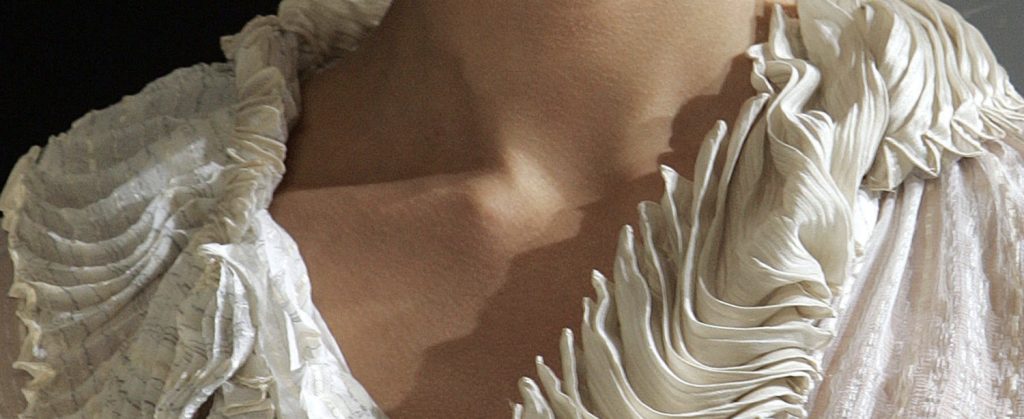
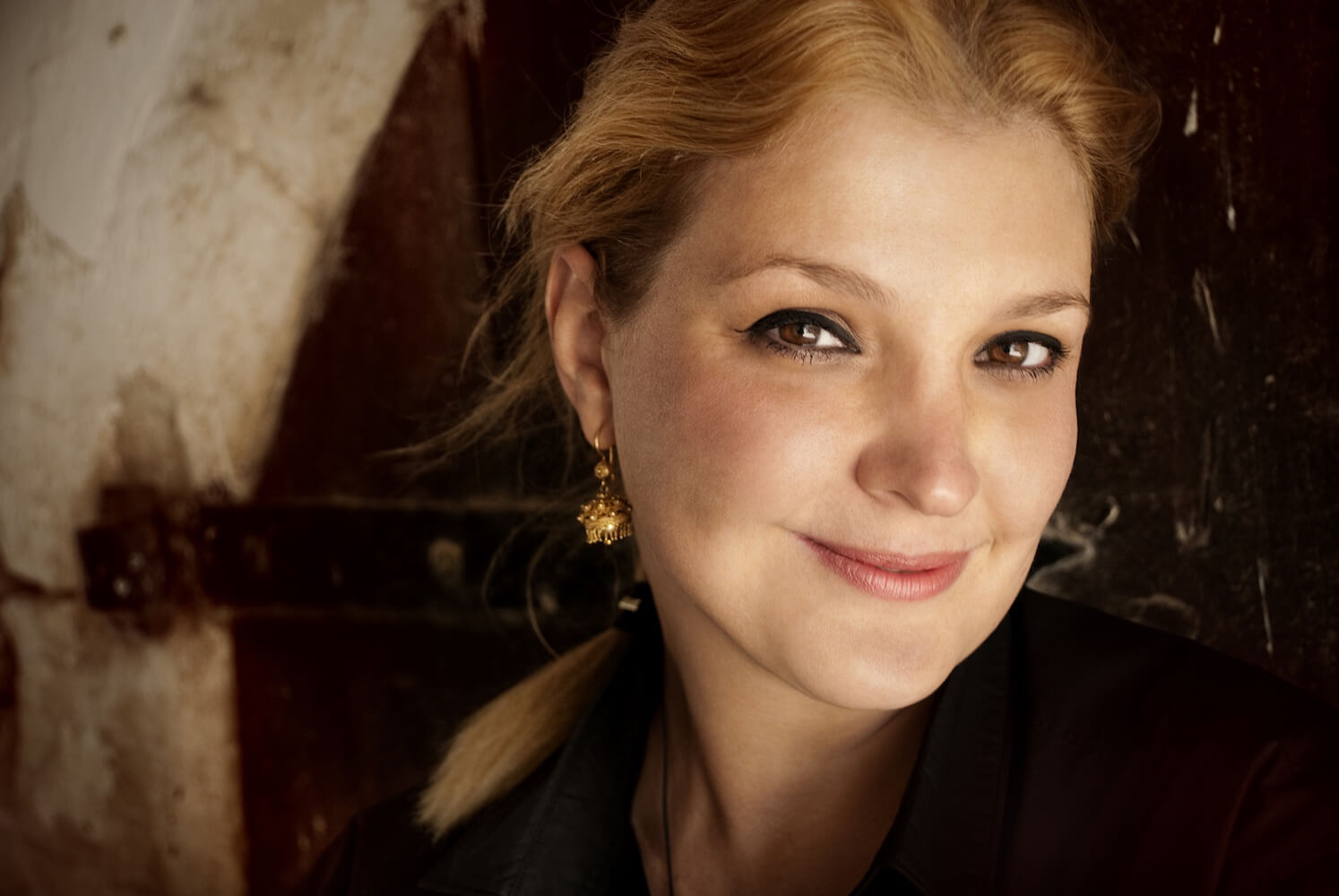

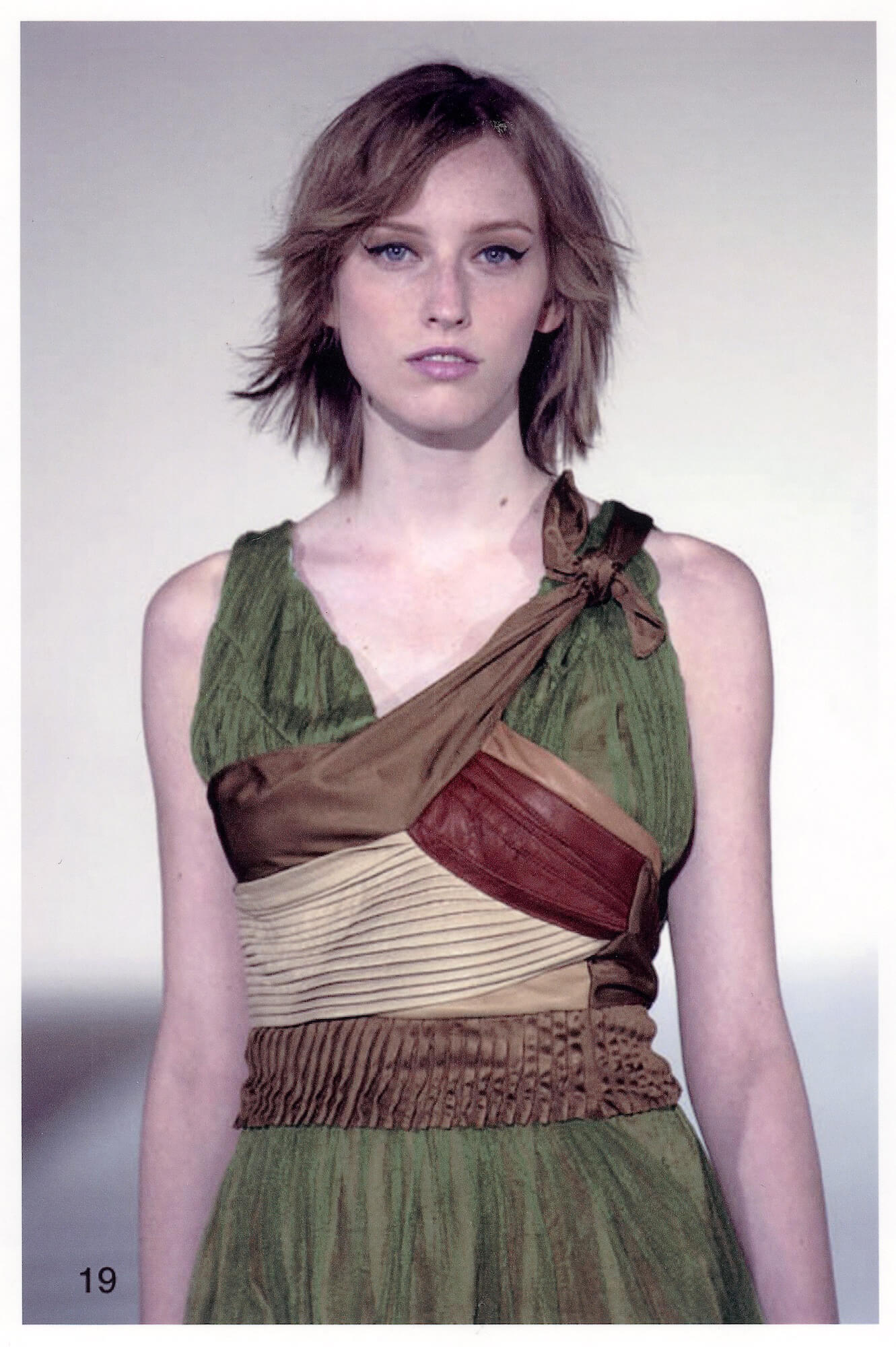
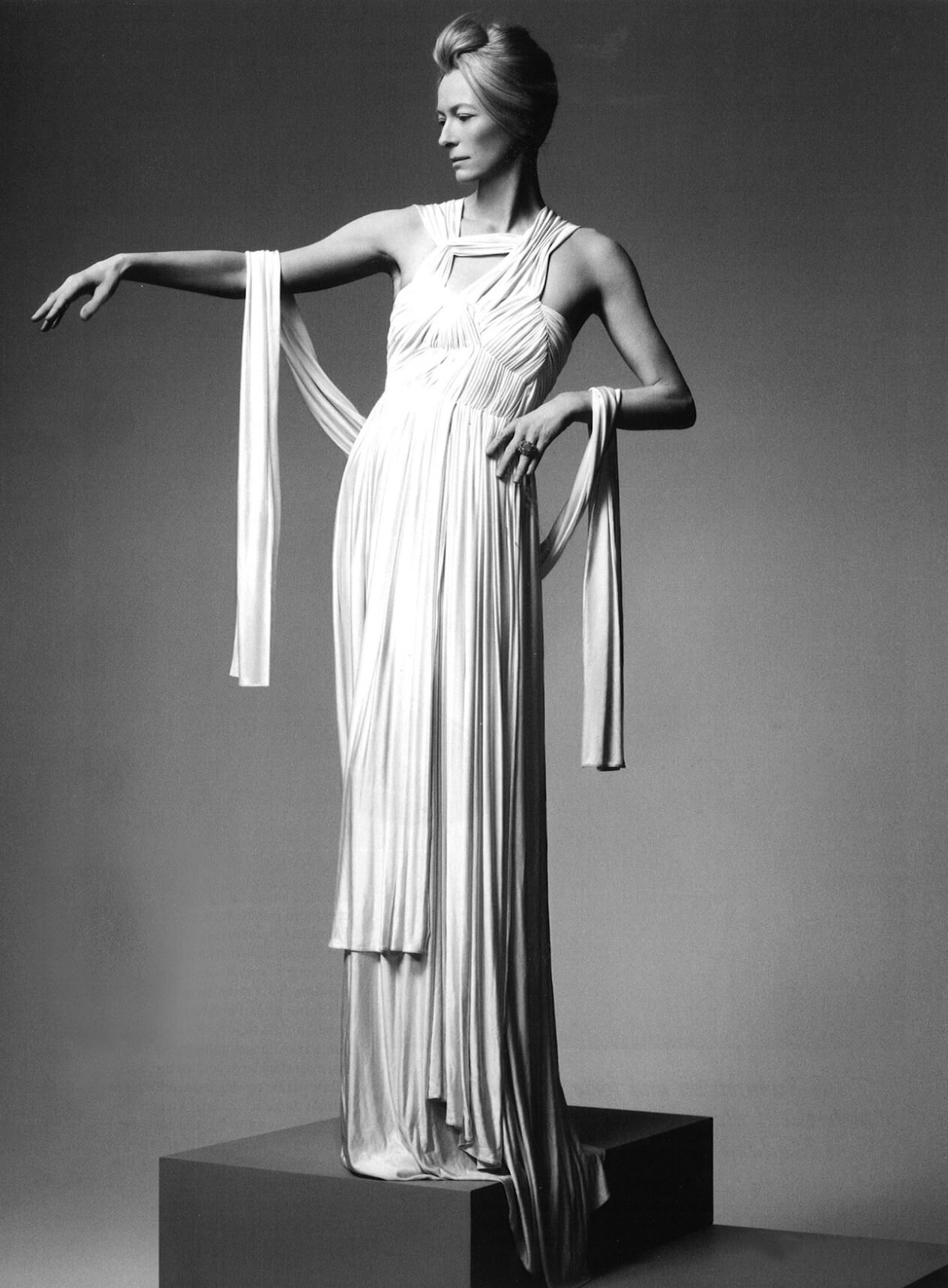
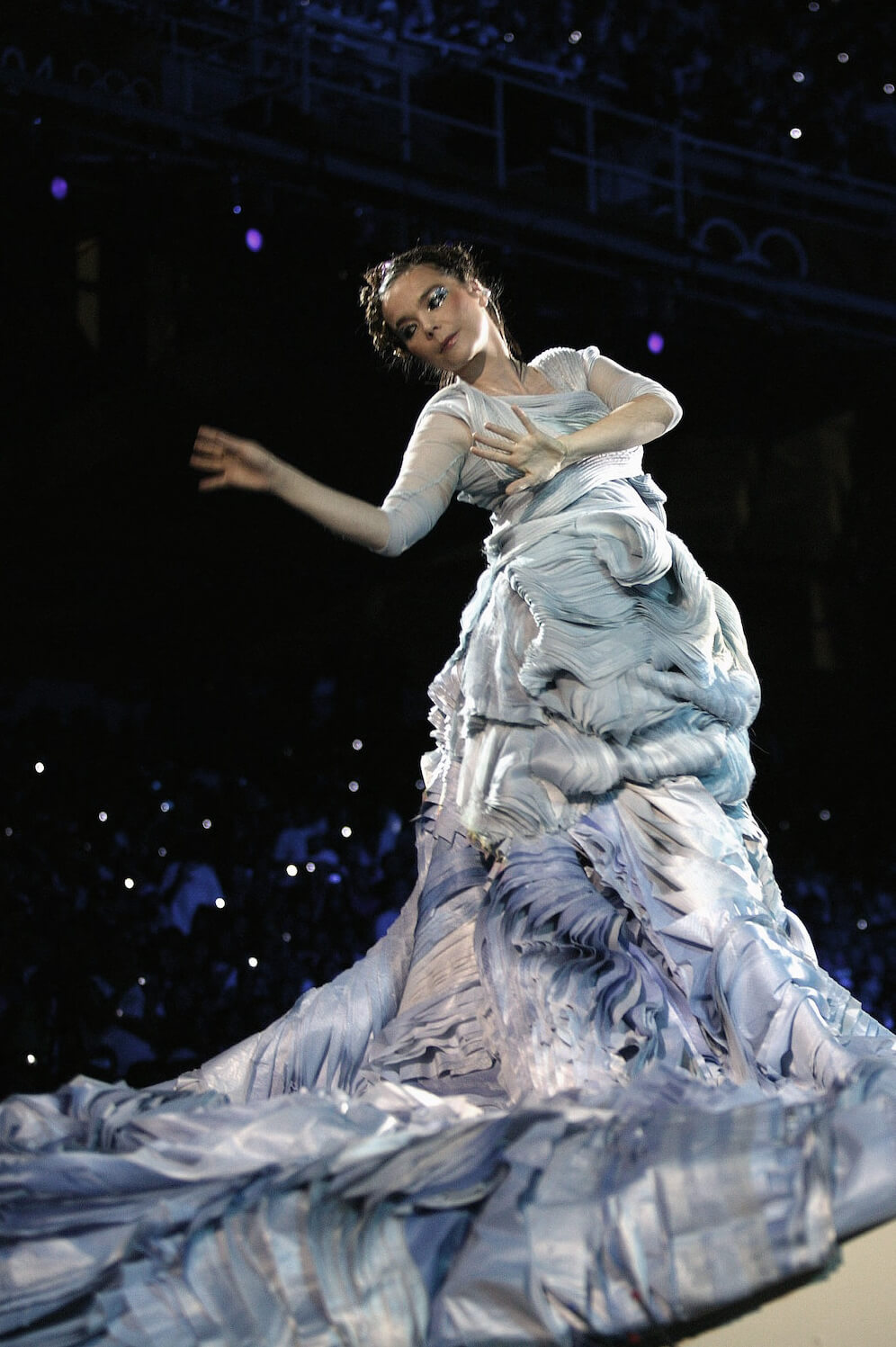



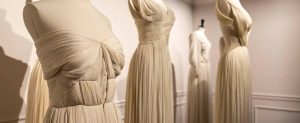














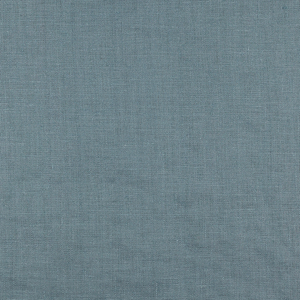


















2 Comments
SSPrinting LLC
This is a very insightful post! I completely agree with your points, especially about the importance of having a well-thought-out strategy. It’s great to see such detailed information being shared. Looking forward to more posts like this!
Virginia Kingsbury
Did you intend to write that she was part of the rejuvenation in the early naughties?